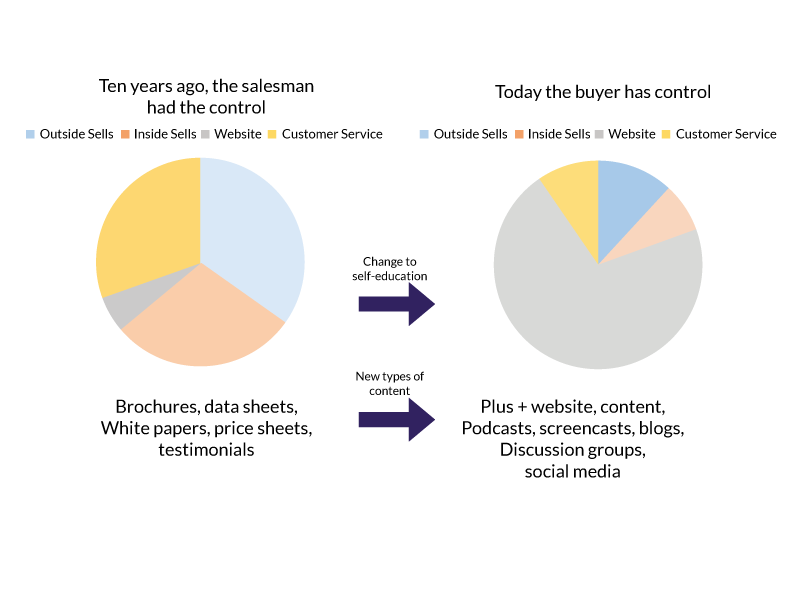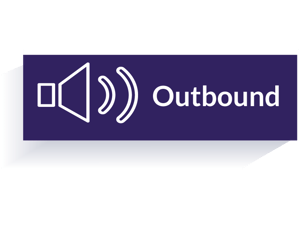Outdoor lead generation
Raffle: The "classic" is the new car presented at the station, which can be won by those who hand in their completed participation card. Personal promotion: Everyone knows the stands in pedestrian zones where the staff addresses passers-by in order to attract potential customers.
Lead generation with email marketing
Email marketing is a cornerstone and a key component of any marketing campaign. An email should be one of your main forms of communication, whether you are hosting an event, promoting a new service, bringing new content to people, or just keeping in touch with customers.
Email marketing is the most widely used lead generation tactic and, after Marketing Sherpa, the most effective. By promoting your content this way, you can reach people who haven't even been looking for it.
Lead generation through the placement of ads
Display ads are very much oriented towards demographic actions and behaviour. You can choose where your ads will appear. Choose a location where you know your leads will be or use retargeting ads by giving a cookie to every lead that visits your site.
If you use retargeting ads, a lead that has been given a cookie will see ads from you when they visit other websites. Online ads allow you to reach more people in your audience, educate potential leads, and then convert them.
For lead generation through ad placement, use ads in every section of your funnel. Top of funnel: Brand awareness and visibility; mid-of-funnel: Education and decision support; bottom-of-funnel: conversion.
Telephone lead generation
Cold acquisition: Highly frequented and strictly prescribed scheme service hotlines are well suited to generate leads for an additional, less complex topic. This is also referred to as Interruption Marketing or Outbound Marketing. The customer is disturbed in his approach and associated with non-adapted products.
Lead Generation with the Sales Development Reps
Sales Development Reps (SDRs), also known as Inside Sales or Lead Qualification Reps focus on one thing: Reviewing, contacting, qualifying marketing qualified leads, and forwarding them to the Sales Account Executive. Simply put, they are the link between marketing and sales.
But why do you need such a thing?
You want to make sure that every lead that marketing passes on to sales is as qualified as possible?
For optimal lead generation, SDRs should help each lead to deliver this valuable content, make a positive impression, create future demand, and become a trusted advisor.





